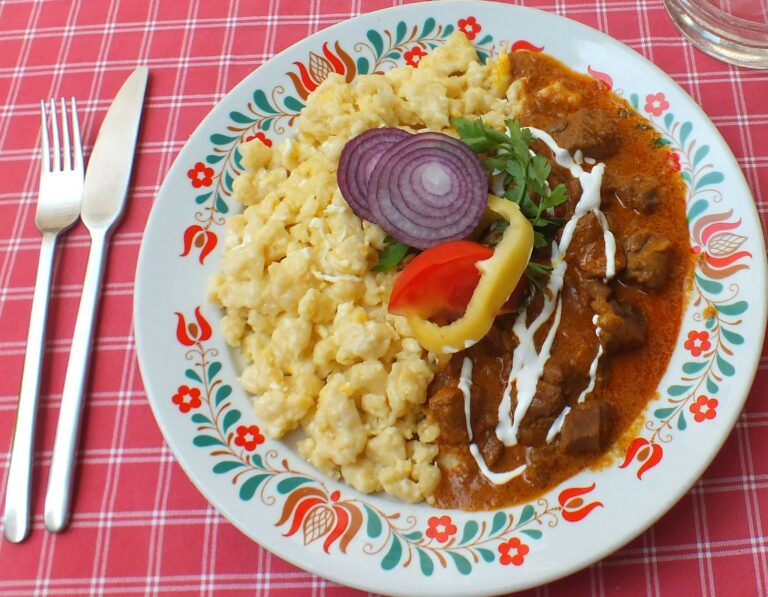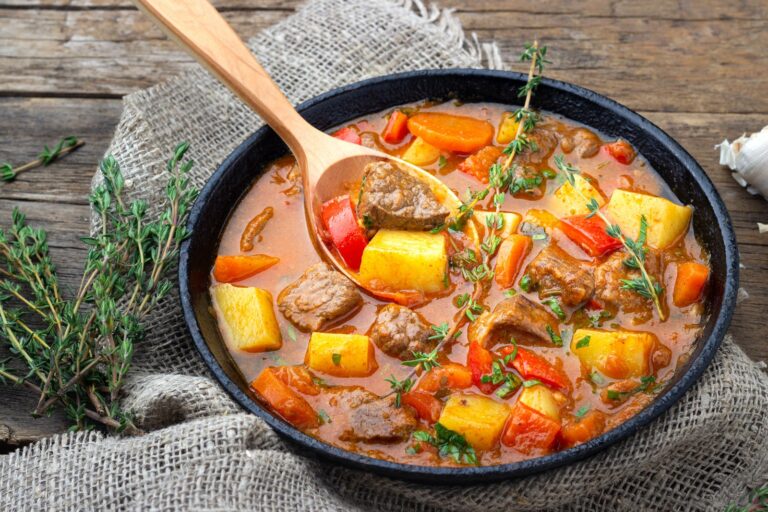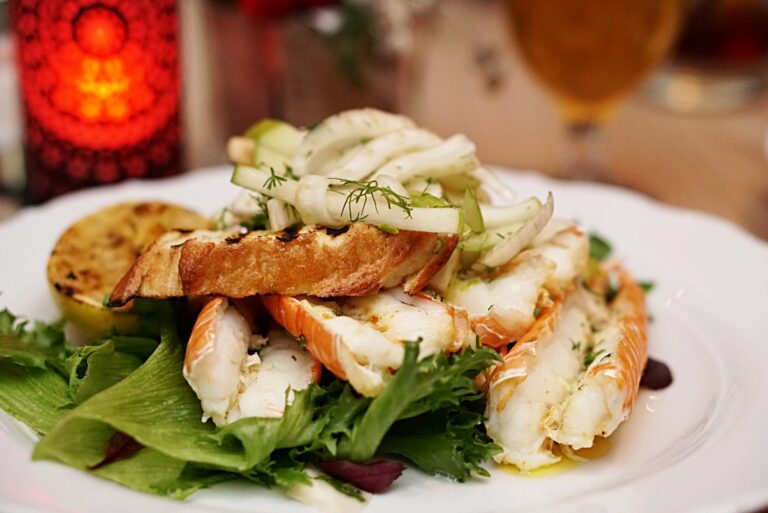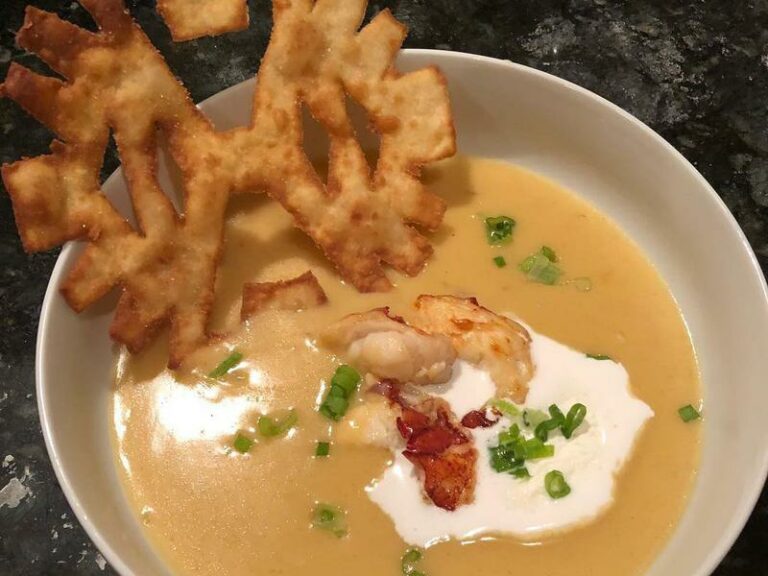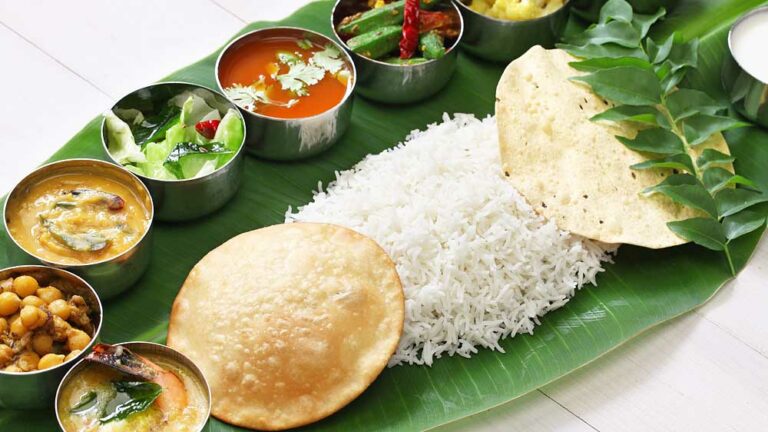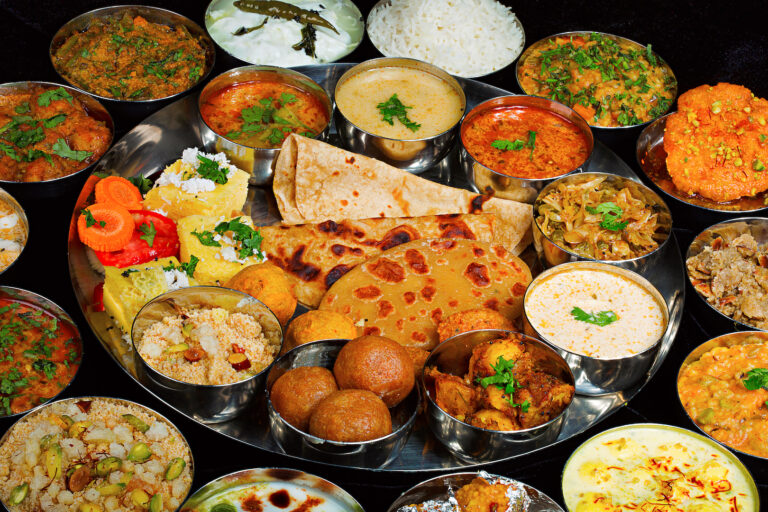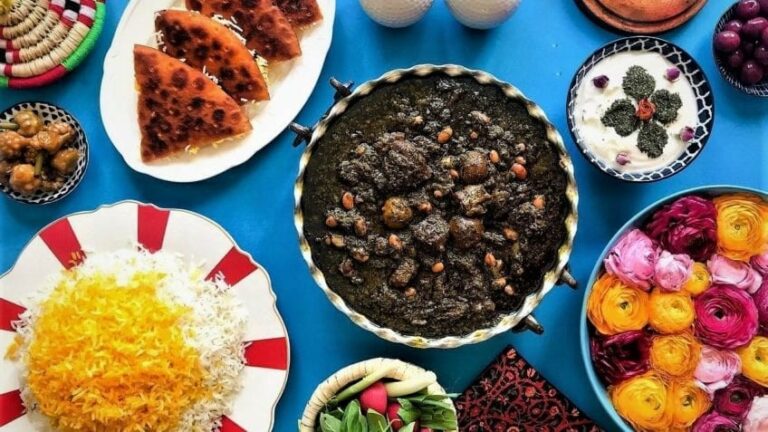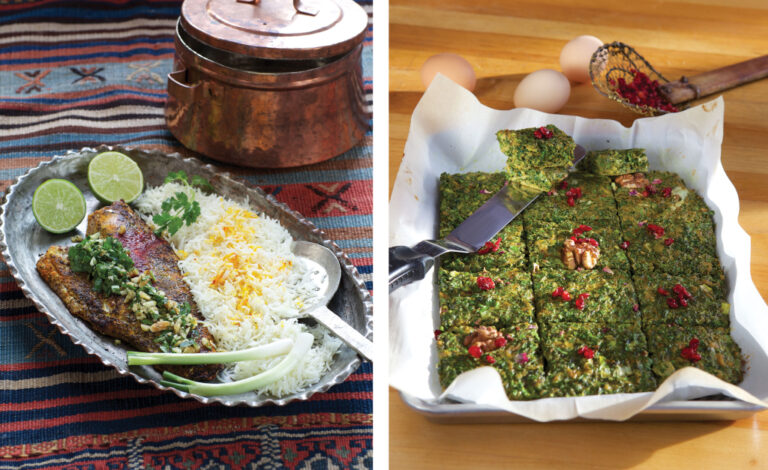Introduction: Holy See cuisine
The Holy See, also known as Vatican City, is the smallest independent state in the world. It is the spiritual center of the Catholic Church and home to the Pope. As a result, Holy See cuisine is closely tied to religious traditions and practices.
Religious significance of food
Food has always held a significant place in religious rituals and traditions, and the Catholic Church is no exception. The Eucharist, or communion, is a central tenet of the Catholic faith and involves the consumption of bread and wine, symbolizing the body and blood of Jesus Christ. Other religious practices, such as fasting and abstinence, also involve food and are observed by Catholics around the world.
Dietary restrictions in the Catholic Church
The Catholic Church has a set of dietary restrictions that are observed by Catholics during certain periods of the year. During Lent, which is the 40-day period leading up to Easter, Catholics are required to fast on Ash Wednesday and Good Friday. Fasting involves consuming only one full meal a day, with no meat allowed on those days. Abstinence from meat is also observed on all Fridays during Lent.
Holy See cuisine: meat, fish and dairy
Holy See cuisine reflects these dietary restrictions and traditions. Meat is typically avoided on Fridays throughout the year, not just during Lent. Fish, however, is considered a viable alternative and is a common ingredient in Holy See cuisine. Dairy products, including cheese and butter, are also widely used in Holy See cuisine.
Fasting and abstinence in Holy See cuisine
Fasting and abstinence are also observed in Holy See cuisine. During Lent, many Catholics choose to give up a particular food or drink as a form of penance. Some traditional Holy See dishes, such as pasta with tomato sauce, are simple and frugal, reflecting the spirit of fasting and abstinence.
Conclusion: Holy See cuisine and tradition
Holy See cuisine is closely tied to religious traditions and practices, reflecting the Catholic Church’s dietary restrictions and observances. Meat is avoided on Fridays, with fish and dairy products being common ingredients in Holy See cuisine. Fasting and abstinence are also observed, with traditional Holy See dishes being simple and frugal. Holy See cuisine is an important part of Catholic tradition and reflects the spiritual significance of food in religious practices.



